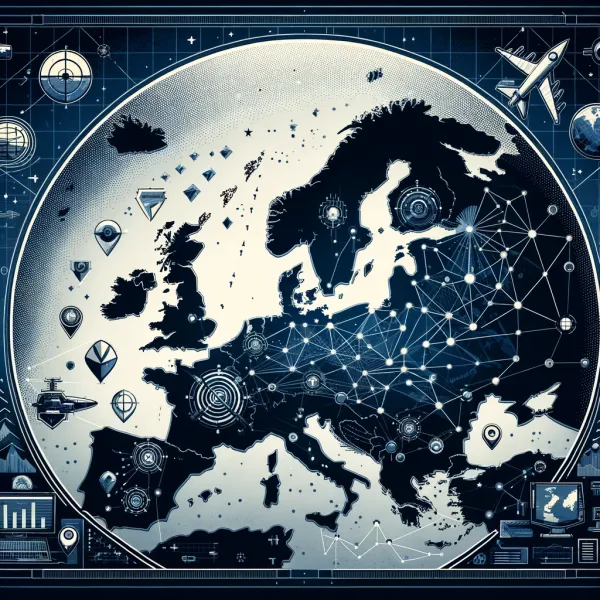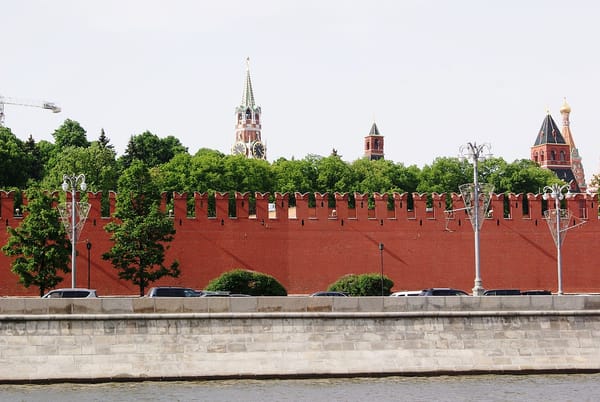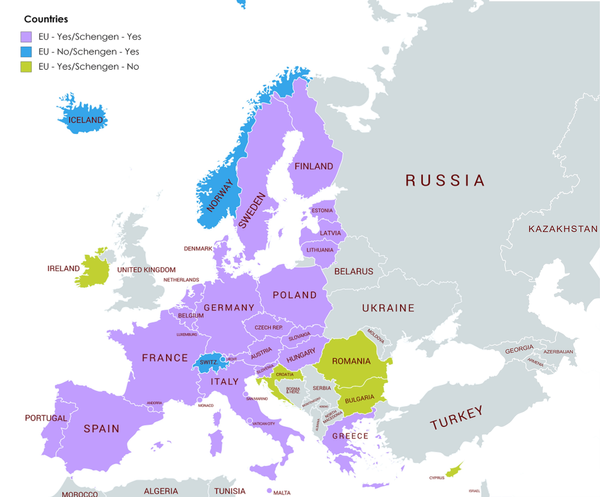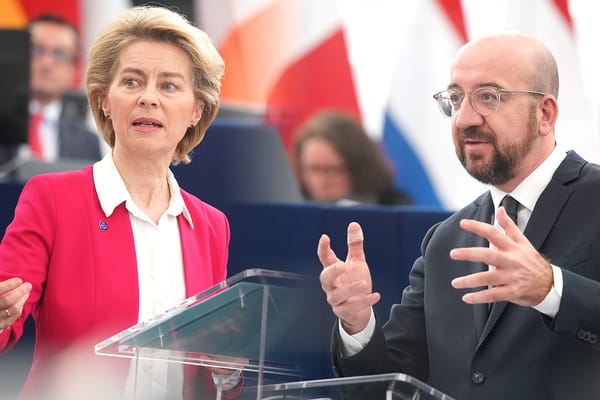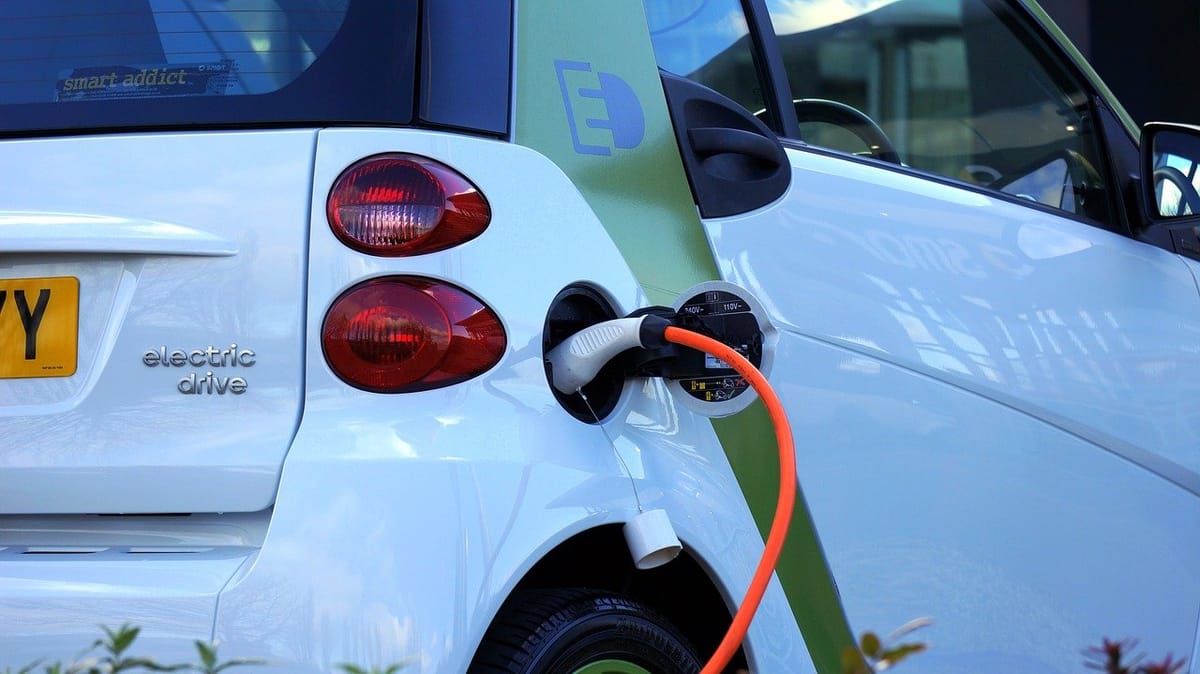
EU formulates three-point battery strategy
EU Commission Vice-President Maros Sefcovic laid out the bloc’s plans how to build capacity in critical raw materials for batteries along the value chain after a meeting of the Competitiveness Council this week. “We know that the broad deployment of clean and digital technologies will lead to a rising demand for raw materials,” said Sefcovic, who is in charge of strategic foresight in the EU. Some non-EU countries have “used their monopoly as a geopolitical instrument, leaving Europe vulnerable”, Sefcovic added.
The EU intends to scale up battery production in Europe as part of its effort to decarbonise. Asia is currently the world’s biggest battery maker, and the challenge for the EU will be accessing raw materials. With this in mind, Sefcovic laid out a three-point strategy as fast-tracking permission procedures, stimulating financial support and prioritising recycling.
“First, I have invited member states to urgently review, streamline and accelerate their permitting procedures at national and regional levels,” he said. “Second, I informed Ministers that our dedicated Alliances have launched landmark initiatives to mobilise funding and financing for primary and secondary battery raw materials projects,” he said. “Third, we must invest not only in primary raw materials but also in recycling, critical for a secure supply of secondary raw materials,” Sefcovic said. “Today, only 12 percent of raw materials used in EU industry come from recycling. We must do better,” he added.
Sefcovic also championed the Sustainable Battery Materials Fund which has an investment war chest of around EUR 400 million and Northvolt which has pioneered a 100% recycled battery cell of nickel, manganese and cobalt. “Europe needs to streamline and accelerate existing permitting procedures for raw materials, while complying with the highest environmental and social standards,” Sefcovic underlined.
“We must therefore prepare for future supply chain disruptions – because it is not a question of if, but when,” he added. Sefcovic also predicted a global shortage of lithium, similar to the recent situation around magnesium – with an accompanying price hike – at the end 2021.

